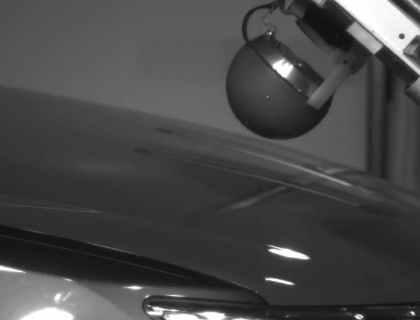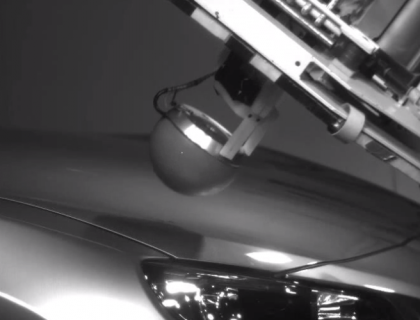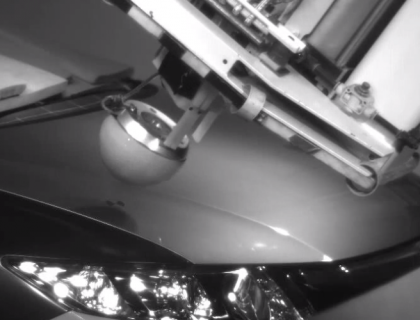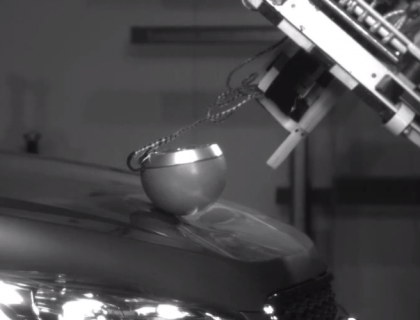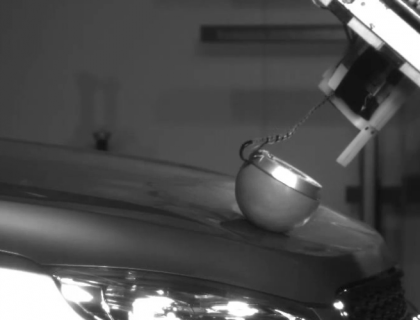Pedestrian protection
Your safety in a crash is important - and so is the wellbeing of other road users.
Good vehicle design can influence the potential impact on a pedestrian in the event of a car vs. pedestrian crash.
But how do you know? ANCAP completes a pedestrian impact test which simulates accidents in which a pedestrian is hit by an oncoming vehicle. These accidents represent about 15% of fatal crashes in Australia and New Zealand.
Good design
Vehicle engineering and design can make a big difference, for example crumple zones absorb the impact of a crash and reduce injuries to the driver and passengers.
Did you know?
Vehicle aggressiveness is not the same as crashworthiness. Crashworthiness is the ability of a vehicle to prevent severe injury to its own occupants in a crash.
Good vehicle design also reduces the harm done to those in other vehicles involved in a crash.
Pedestrian safety is now a high priority for car manufacturers as well, with newer cars sporting energy absorbing (softer) bonnets and bumpers.
The difference in crash performance between vehicles is often referred to as "vehicle aggressiveness" or "aggressivity".
Pedestrian crash testing explained
At the ANCAP testing facilities a pedestrian impact test is used to estimate head and leg injuries to pedestrians struck by a test vehicle at 40km/h. Check out our videos that demonstrate how pedestrian crash testing is completed,
These videos show four vehicles test results and easily demonstrate the impact a car in the same conditions can have on a pedestrian when involved in a crash. The Holden Colorado and Subaru BRZ both achieved an 'Acceptable' pedestrian rating. The Honda Civic, 'Good' and the Toyota Camry, 'Marginal'.
AA speaking up for motorists
The AA supports practical measures that reduce the aggressiveness of vehicles and make our roads safer. In particular:
- Discourage the fitting of bull bars, which are aggressive in collisions with other road users
- Require new trucks to be fitted with under-run barriers (including side bars) to stop smaller vehicles crashing underneath the truck
As vehicle aggressiveness is not a widely understood safety issue, we support more education for motorists, particularly when buying a new car.

